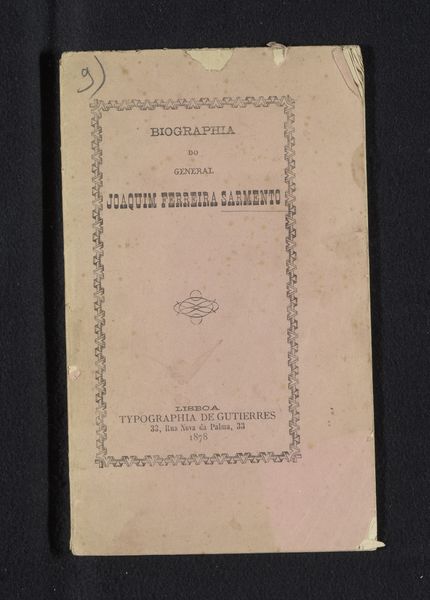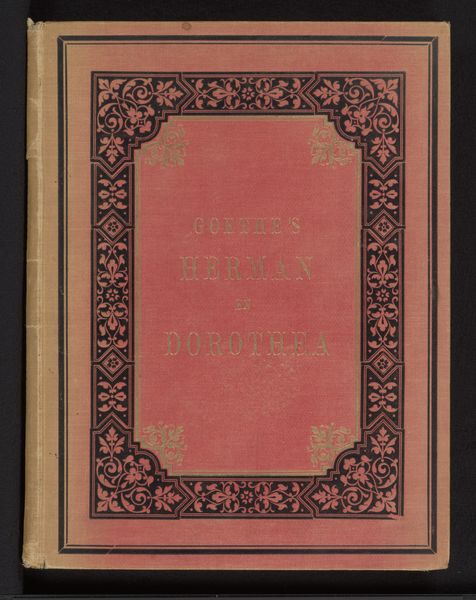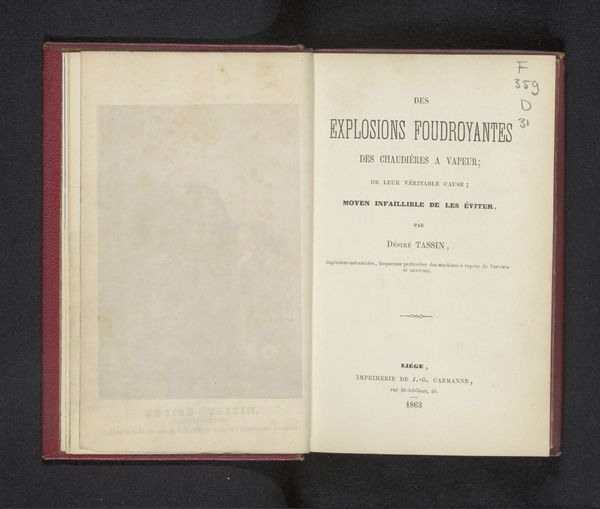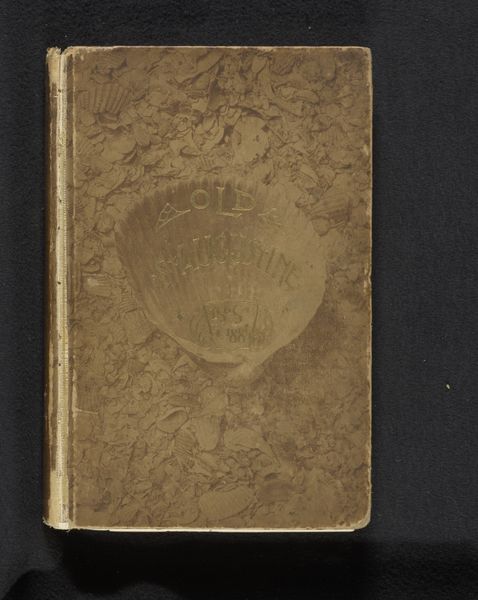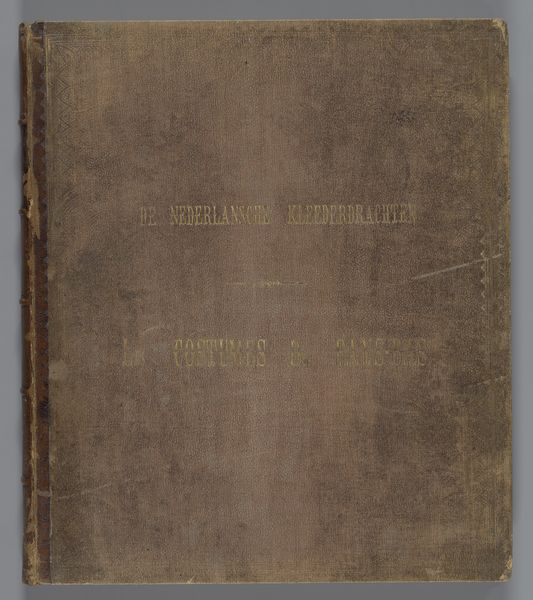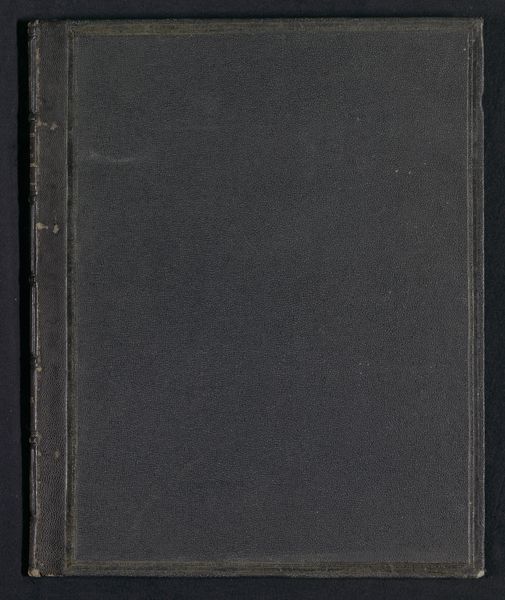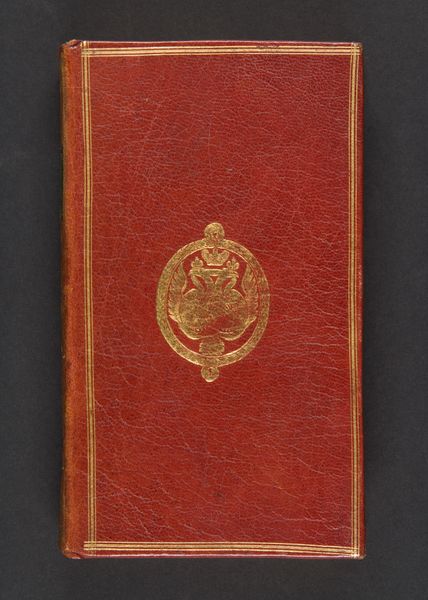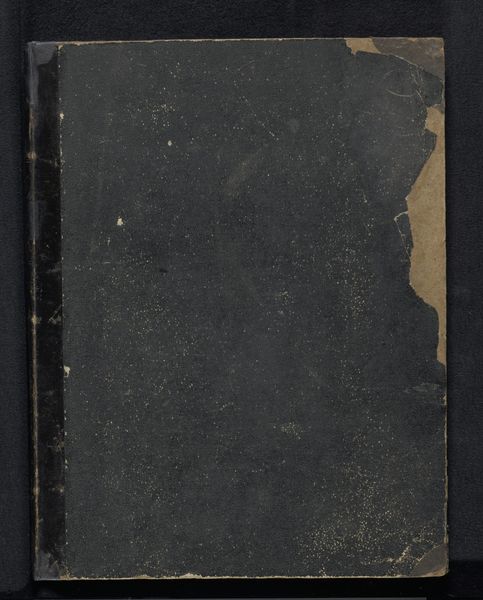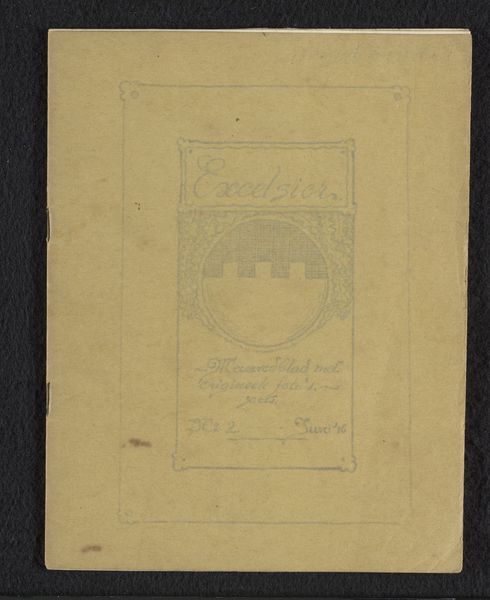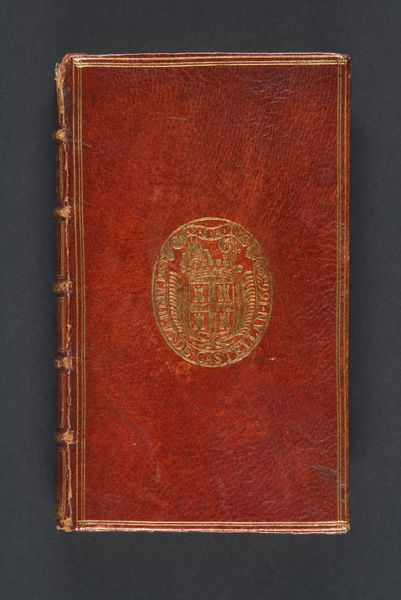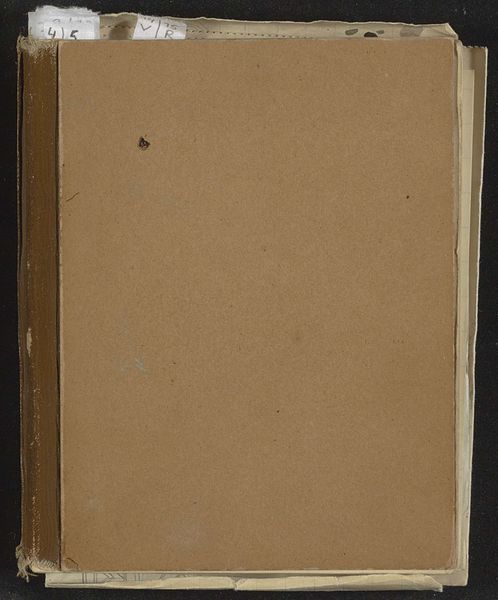
Leporelloalbum met acht portretten van mensen in klederdracht van het Zwarte Woud 1860 - 1880
0:00
0:00
Dimensions: height 112 mm, width 73 mm, thickness 9 mm, width 514 mm
Copyright: Rijks Museum: Open Domain
Curator: This is a fascinating little album, a "Leporelloalbum met acht portretten van mensen in klederdracht van het Zwarte Woud," which roughly translates to "Accordion Album with Eight Portraits of People in Traditional Dress from the Black Forest." It dates from between 1860 and 1880, credited to R. Rimprecht. Editor: Instantly, I feel a pull toward it, almost like uncovering a forgotten diary. The monochrome look with gilded script has this secretive, delicate allure. What does that tell us? Curator: Well, photography at this time was really solidifying its place in culture, moving from purely documentary to artistic expression, especially in portraiture. Think of the tradition of collecting cards or photos— this album puts that desire for recording faces into book form. It creates, for viewers, this sort of contained world, as though these people inhabit the same world that we're living in as viewers. It suggests how photographic imagery has taken on these attributes in ways unlike previous image forms like painting. Editor: I like that worldliness idea. It's more than a snapshot; it hints at these Black Forest residents as emblems or characters in some grand, untold narrative. The costuming feels central, almost theatrical. How would they feel to have become actors in this drama that transcends their everyday world? Curator: Precisely. The emphasis on "klederdracht," or traditional dress, also plays into a growing national consciousness during the 19th century. Clothing and visual displays became powerful ways to connect to a perceived shared past and celebrate unique cultures. It reflects how communities crafted identities and presented them for local people as well as tourist consumption. Editor: Ah, tourist consumption. Did the locals feel some loss from becoming postcards from afar? Is it romantic documentation or early cultural commodification? Curator: A little bit of both, I imagine! There is a palpable dignity and formality to the portrait style, a way of looking at those depicted on the viewer's part to suggest authority. But I think Rimprecht probably aimed at creating a record—part anthropological study, part memento. What do you think? Does it capture an essence? Editor: To be fair, I'm getting a whiff of time. I wonder who held this? Did someone use this album like an entry into someone else’s world of folk culture and ritual. You’re giving a cultural analysis that hints toward something deeper and perhaps hidden behind the pictures. Curator: And maybe this way of thinking of image history helps us access something personal. We can always benefit from viewing historical items and finding ways they resonate with our everyday, private lives, despite those distances of culture and history. Editor: Right. After all, every picture holds more than meets the casual eye. It's up to us to notice, and ponder why.
Comments
No comments
Be the first to comment and join the conversation on the ultimate creative platform.
